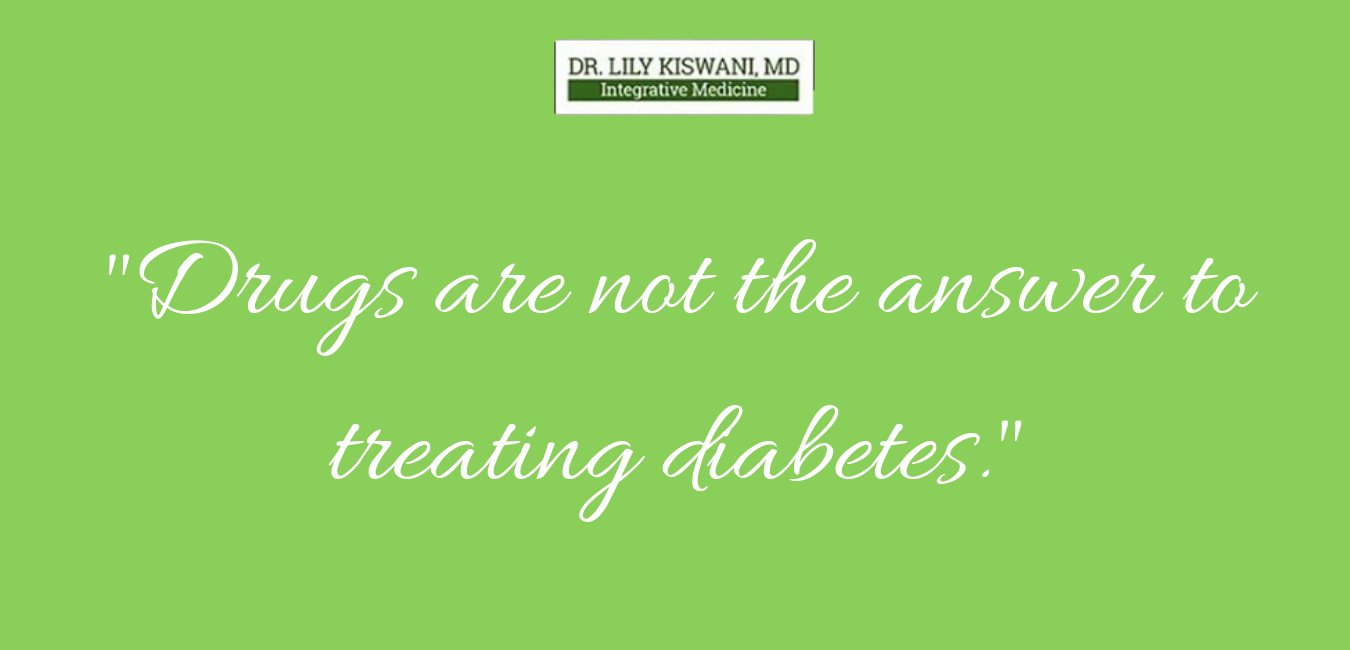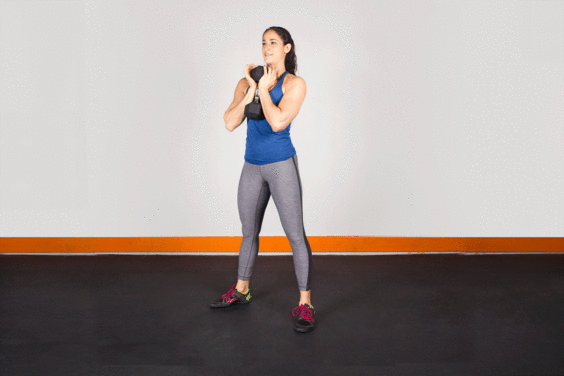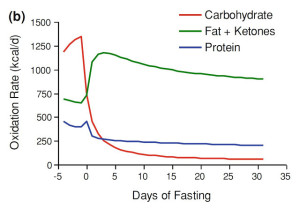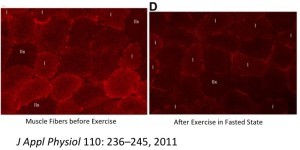The ketogenic diet is a low-carb, high-fat diet that offers many health benefits.
Over 20 studies show that this type of diet can help you lose weight and improve health.Ketogenic diets may even have benefits against diabetes, cancer, epilepsy and Alzheimer’s disease.
What is a Ketogenic Diet?
The ketogenic diet involves drastically reducing carbohydrate intake, and replacing it with fat. The reduction in carbs puts your body into a metabolic state called ketosis.
When this happens, your body becomes incredibly efficient at burning fat for energy. It also turns fat into ketones in the liver, which can supply energy for the brain.
Ketogenic diets can cause massive reductions in blood sugar and insulin levels. This, along with the increased ketones, has numerous health benefits.
Ketogenic Diets Can Help You Lose Weight

A ketogenic diet is an effective way to lose weight and lower risk factors for disease. In fact, research shows that the ketogenic diet is far superior to the recommended low-fat diet. What’s more, the diet is so filling that you can lose weight without counting calories.
Ketogenic Diets for Diabetes and Prediabetes

The ketogenic diet can help you lose excess fat, which is closely linked to type 2 diabetes, prediabetes and metabolic syndrome. One study found that the ketogenic diet improved insulin sensitivity by a whopping 75%.
Another study in patients with type 2 diabetes found that 7 of the 21 participants were able to stop all diabetes medications.
Other Health Benefits of the Ketogenic Diet
The ketogenic diet actually originated as a tool for treating neurological diseases, such as epilepsy.
Studies have now shown that the diet can have benefits for a wide variety of different health conditions:
- Heart disease: The ketogenic diet can reduce risk factors like body fat, HDL levels, blood pressure and blood sugar.
- Cancer: The diet is currently being used to treat several types of cancer and slow tumor growth.
- Alzheimer’s disease: The diet may reduce symptoms of Alzheimer’s and slow down the disease’s progression.
- Epilepsy: Research has shown that the ketogenic diet can cause massive reductions in seizures in epileptic children.
- Parkinson’s disease: One study found that the diet helped improve symptoms of Parkinson’s disease.
- Polycystic ovary syndrome: The ketogenic diet can help reduce insulin levels, which may play a key role in polycystic ovary syndrome.
- Brain injuries: One animal study found that the diet can reduce concussions and aid recovery after brain injury.
- Acne: Lower insulin levels and eating less sugar or processed foods may help improve acne.
Foods to Avoid
In short, any food that is high in carbs should be limited.
Here is a list of foods that need to be reduced or eliminated on a ketogenic diet:
- Sugary foods: Soda, fruit juice, smoothies, cake, ice cream, candy, etc.
- Grains or starches: Wheat-based products, rice, pasta, cereal, etc.
- Fruit: All fruit, except small portions of berries like strawberries.
- Beans or legumes: Peas, kidney beans, lentils, chickpeas, etc.
- Root vegetables and tubers: Potatoes, sweet potatoes, carrots, parsnips, zucchini, butternut squash, etc.
- Low-fat or diet products: These are highly processed and often high in carbs.
- Some condiments or sauces: These often contain sugar and unhealthy fat.
- Unhealthy fat: Limit your intake of processed vegetable oils, mayonnaise, etc.
- Alcohol: Due to its carb content, many alcoholic beverages can throw you out of ketosis.
- Sugar-free diet foods: These are often high in sugar alcohols, which can affect ketone levels in some cases. These foods also tend to be highly processed.
Foods to Eat

You should base the majority of your meals around these foods:
- Meat: Red meat, steak, ham, sausage, bacon, chicken and turkey.
- Fatty fish: Such as salmon, trout, tuna and mackerel.
- Eggs: Look for pastured or omega-3 whole eggs.
- Butter and cream: Look for grass-fed when possible.
- Cheese: Unprocessed cheese (cheddar, goat, cream, blue or mozzarella).
- Nuts and seeds: Almonds, walnuts, flaxseeds, pumpkin seeds, chia seeds, etc.
- Healthy oils: Primarily extra virgin olive oil, coconut oil and avocado oil.
- Avocados: Whole avocados or freshly made guacamole.
- Low-carb veggies: Most green veggies, tomatoes, onions, peppers, etc.
- Condiments: You can use salt, pepper and various healthy herbs and spices.
Always try to rotate the vegetables and meat over the long term, as each type provides different nutrients and health benefits.
As vegetarians, we can substitute sprouts, paneer, tofu and various beans. However, these cannot provide protein in the desired amounts, without a corresponding increase in the amount of carbs consumed. I have found that supplementation with a good quality protein is essential.

Great snacks for a keto diet include pieces of meat, cheese, olives, boiled eggs, nuts and seeds, and dark chocolate.
Just avoid the roti and chawal, and go for dal, sabzi, salad, cheese, meats and curries. That’s what I did and I have lost 12 kg so far.
A Ketogenic Diet is Great, But Not For Everyone
A ketogenic diet can be great for people who are overweight, diabetic or looking to improve their metabolic health. It may be less suitable for elite athletes or those wishing to add large amounts of muscle or weight. And, as with any diet, it will only work if you are consistent and stick with it in the long-term.
That being said, few things are as well proven in nutrition as the powerful health and weight loss benefits of a ketogenic diet.
From Rudy Mawer, BSc, CISSN |






